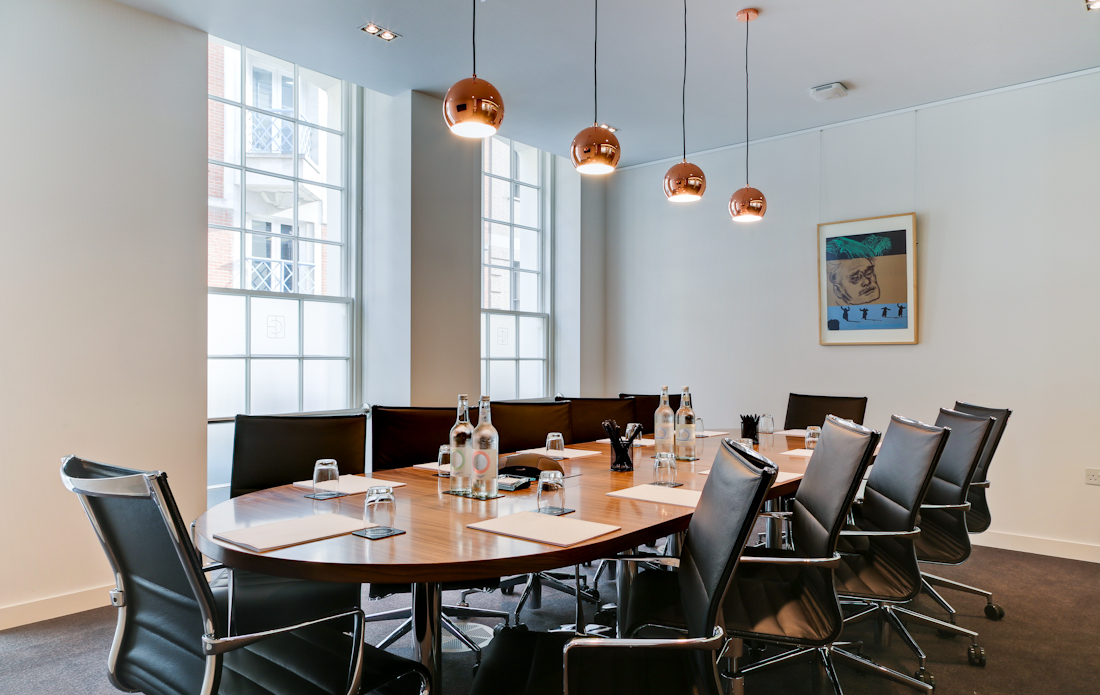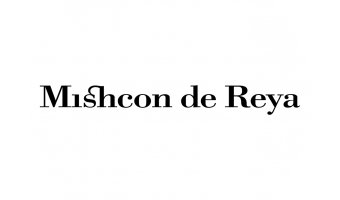News from in & around
The Clubhouse
5 crucial ingredients for a productive business meeting
There’s more to pulling off a productive meeting than original ideas and good intentions. Factor in these five crucial ingredients to ensure everyone walks away with a positive impression and a clear understanding of next steps.
1. The agenda
Establishing the agenda in advance will reiterate the purpose of the meeting and help to keep everyone on track. While nobody likes an agenda pedant (sometimes it is acceptable to skip from 1.1 to 2.1, if a point naturally arises in conversation) it’s hugely helpful to have someone keeping an eye on the agenda to rein in any unproductive tangents. Remember to build in time to run through actions at the end of the meeting, and identify one person who will be responsible for capturing these and following up with a ‘minutes and actions’ email.
2. The right people
At some point, most of us have found ourselves smiling and nodding through a seemingly endless meeting without making a contribution. This is often the fault of an organiser who has invited more people than necessary – and this is one instance where the adage “quality over quantity” really does apply. The most productive meetings include only relevant participants with something to learn and contribute. When you set up the guest list, identify each person’s role and purpose to ensure you aren’t just making up numbers.
3. The equipment
Whether it’s an animated video presentation or a simple flip chart, many of the most memorable and successful meetings incorporate an experiential element to break up the monotony of listening to talking heads around a table. Ensure you have the correct equipment in advance to keep things running as smoothly as possible – that includes everything from the right screen and stand to the remote control and laser pointer. Don’t forget oft-overlooked elements that can affect concentration, such as lighting and room temperature. Make time for a trial run beforehand: you don’t want to break up your perfect pitch with an embarrassing five minutes spent battling a piece of tech you haven’t quite mastered.
4. The timing
Choosing the right time of the week can make a real difference to your ability to engage an audience. People will naturally be less focused on a Friday afternoon, while Monday is often spent catching up on emails and any leftover jobs from the week prior. Research indicates that the best time to meet is 3pm on a Tuesday afternoon, when people have settled into the working week, but are not yet distracted by worries about upcoming deadlines.
5. The location
A noisy, impersonal coffee shop clearly isn’t the place to close a big deal – but equally, a stiff bland boardroom setting can have a stultifying effect on more casual meetings. For a much better alternative, host a meeting at The Clubhouse with two stunning locations in Central London, offering a range of individually designed, high-specification private meeting rooms or more relaxed open plan, flexible meeting and lounge areas. theclubhouselondon.com



